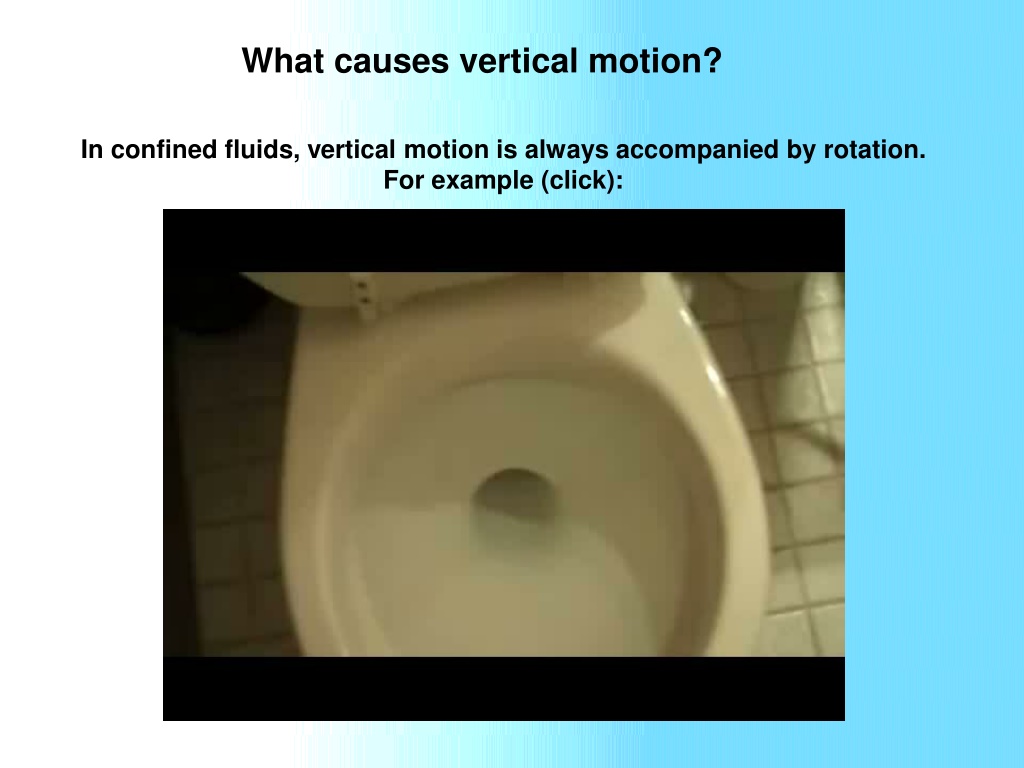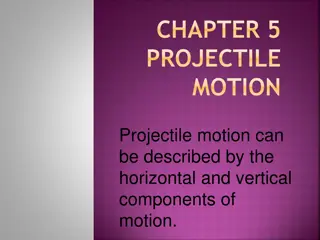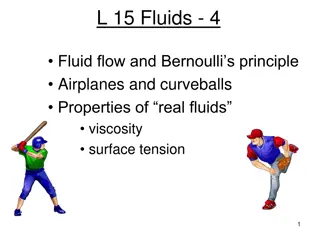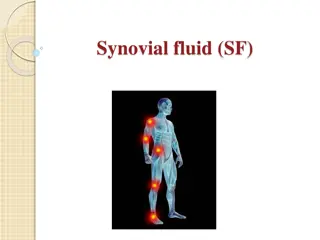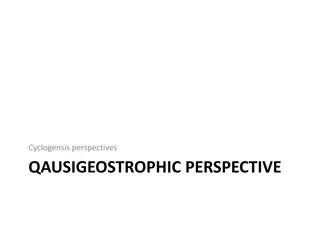Understanding Vertical Motion and Vorticity in Fluid Dynamics
The causes of vertical motion in confined fluids and the atmospheric effects of convergence and divergence are explored. Vorticity and its relation to vertical motion, along with the role of Positive Vorticity Advection (PVA) and Negative Vorticity Advection (NVA), are discussed. The interaction of vorticity, PVA, and atmospheric instability in influencing air movement is highlighted.
Download Presentation

Please find below an Image/Link to download the presentation.
The content on the website is provided AS IS for your information and personal use only. It may not be sold, licensed, or shared on other websites without obtaining consent from the author. Download presentation by click this link. If you encounter any issues during the download, it is possible that the publisher has removed the file from their server.
E N D
Presentation Transcript
What causes vertical motion? In confined fluids, vertical motion is always accompanied by rotation. For example (click):
In the atmosphere, convergence at the surface leads to upward vertical motion and divergence aloft.
But you only get surface convergence and divergence with Low and High pressure systems. Coriolis Force makes the converging (diverging) winds turn cyclonically (anti-cyclonically) By the way, Coriolis is NOT the main reason toilets swirl. It s how the water jets are aimed that determines the direction of rotation.
Upward motion is always accompanied by cyclonic rotation so we look for vorticity: This is a maximum in the Absolute Vorticity (often called a vortmax )
It turns out that the vertical motion is associated with the change in vorticity, not the vorticity itself. PVA Vortmax NVA When cyclonic vorticity is being advected, i.e., moved by the wind, we call it Positive Vorticity Advection or PVA. Of course, when anti-cyclonic vorticity is being advected, we call it Negative Vorticity Advection or NVA.
PVA here with echoes Vortmax is here. No echoes NVA is here. Why echoes?
Close up view of the absolute vorticity The echoes appear where vorticity is low, but PVA is strong Northeast Radar Loop
PVA is not the sole contributor to vertical motion What else causes air to rise (and sink)? Hint Instability. The hot air is lighter than the cool air so it rises. What else?
Whats happening here? In a Lava Lamp the red goo is heated.
This one isnt as intuitive as the others. Air in the warm sector is being advected to the cooler air.
You look for warm advection at 850 mb. This map for the last example shows strong warm advection in New England.
Front along the New England coast.
When winds blow across isotherms, there is temperature advection. Notice the wind at Chatham, MA, at 35 knots from the SSW The temperature is -8 C. Temperatures downstream are 6 degrees cooler. New England is cold, but has significant warm advection over the cool air north of the coastal front. This is sometimes called overrunning.
Sometimes there is no warm advection (or PVA) but upward vertical motion still happens. Here s an example:
Post-cold frontal passage, there is low-level cold advection (supports downward vertical motion)
There is PVA east of New England and well south in the Carolinas.
Widespread light convection is due to the very cold air aloft causing static instability.
The low clouds behind the dry tongue are due to the convection. This is backlash.
Heres a gorgeous day in the Southeastern U.S., absolutely clear skies in many parts of Florida, Georgia, Alabama, and Mississippi.
During the day, cumulus clouds form and by 1945Z, scattered heavy thundershowers dot the southeast from Florida to Mississippi.`
Radar confirms the storms are intense (50 DBZ+), but quite local. What caused this vertical motion?
Relatively warm upper air temperatures, around -7 C so the column is probably stable.
These observations suggest the mechanism for upward vertical motion. Dont overthink this. So this was a simple case of afternoon heating of very humid air. You can count on thunderstorms but you won t know exactly where they will form.
Next: A useful concept for predicting when the conditions for vertical motion will change and help create new storms.
